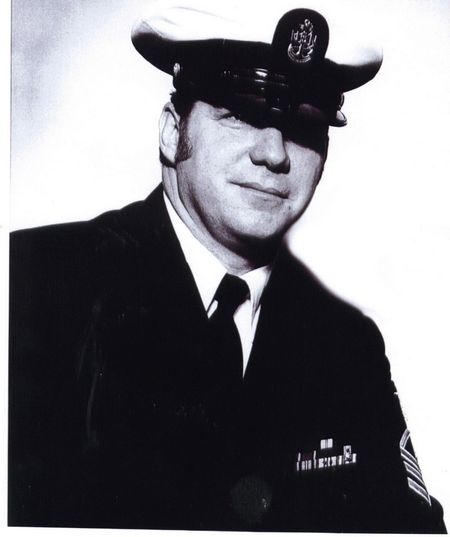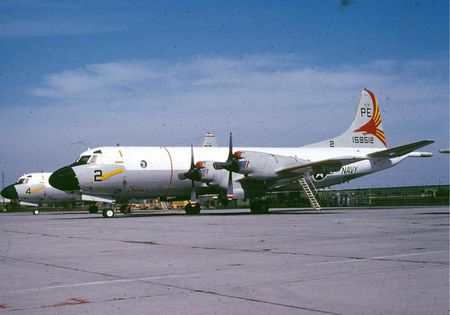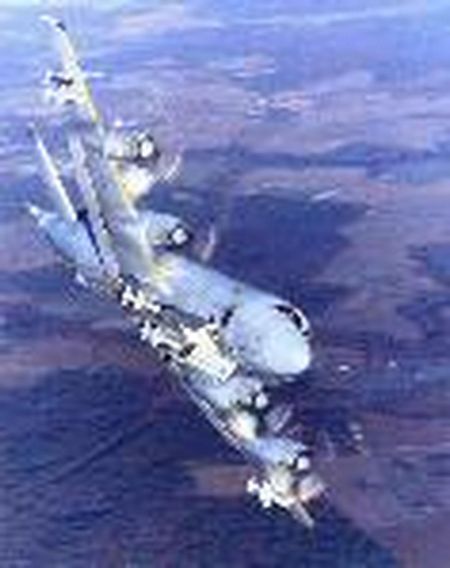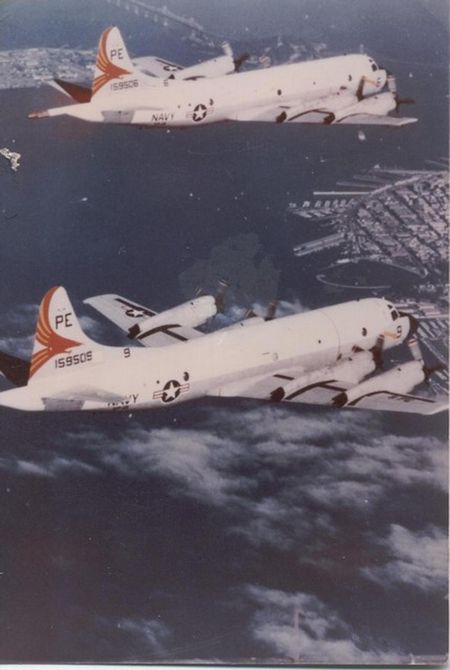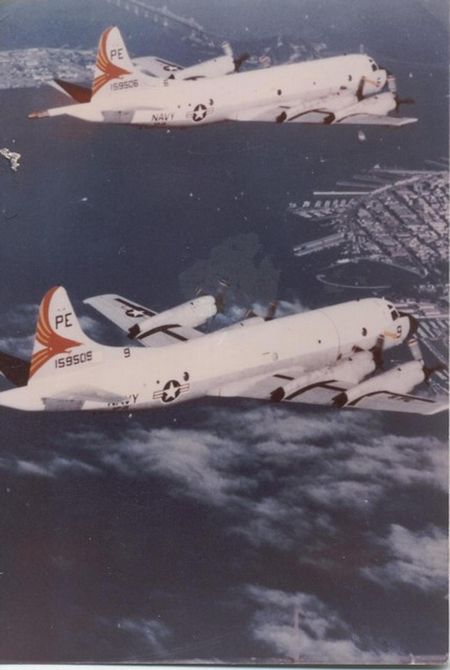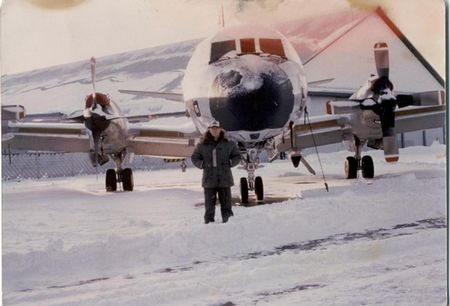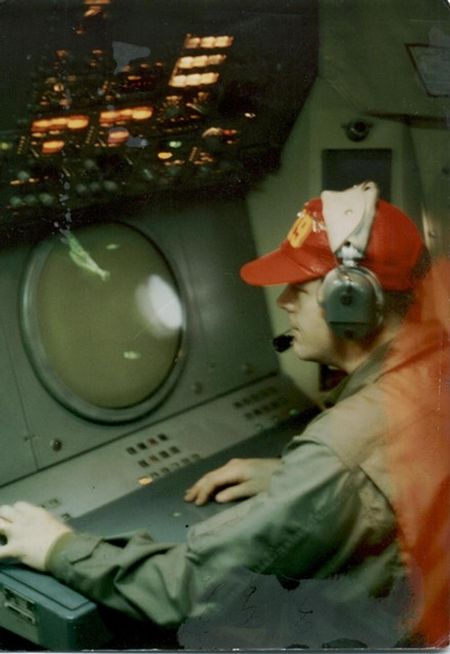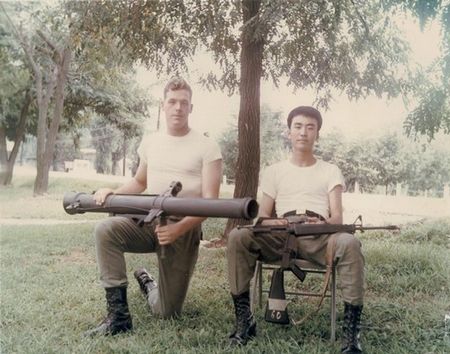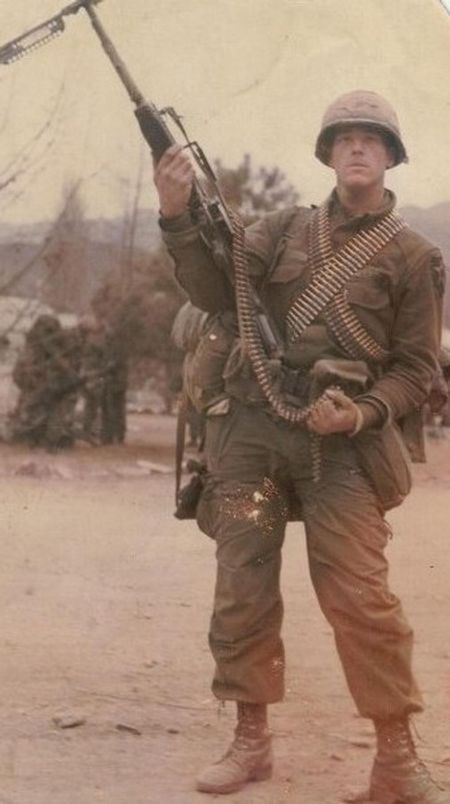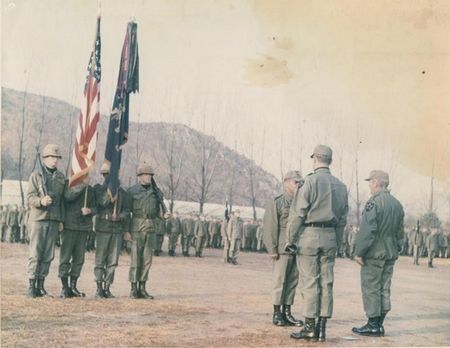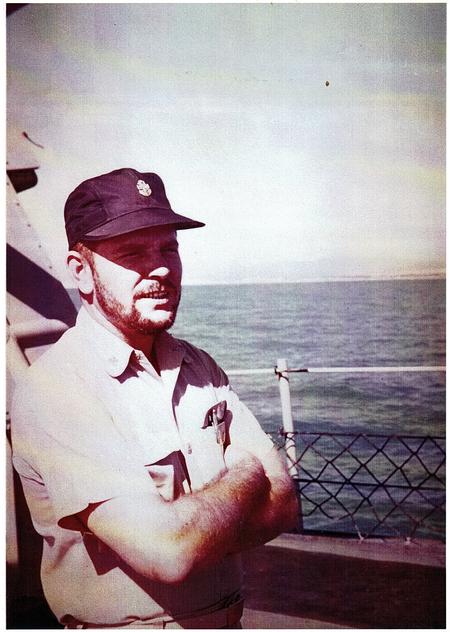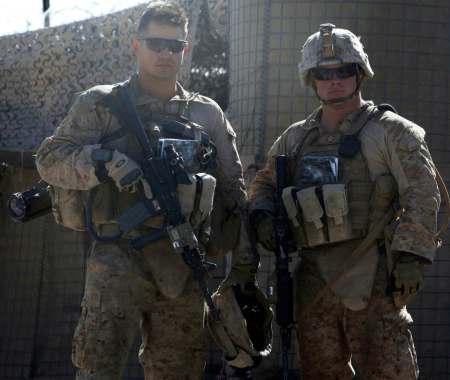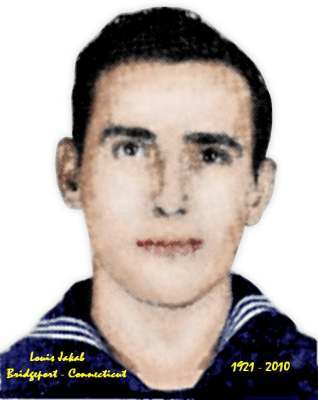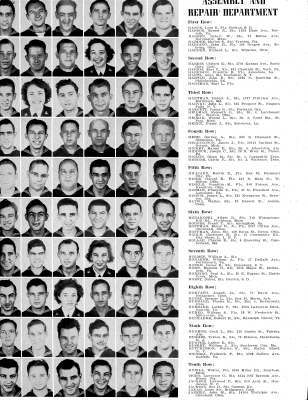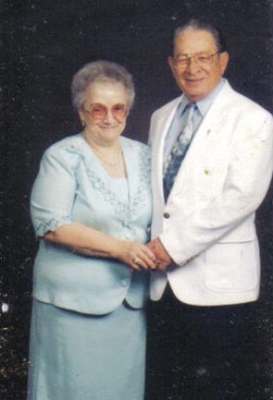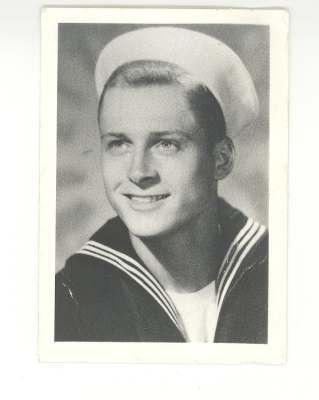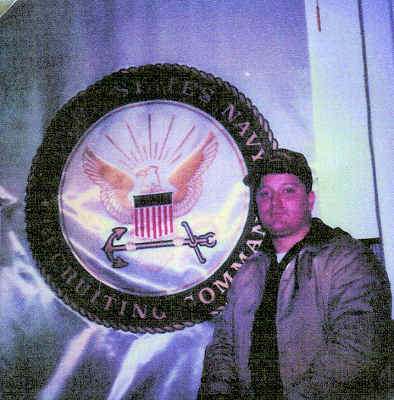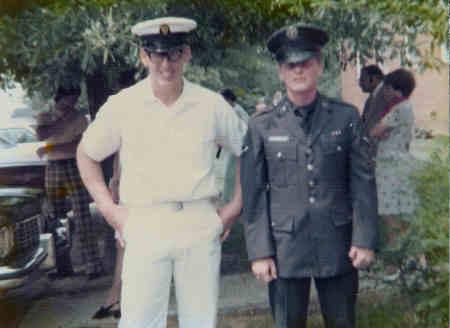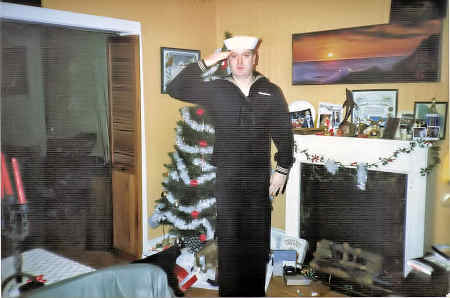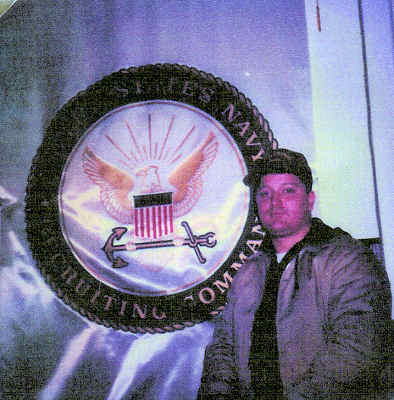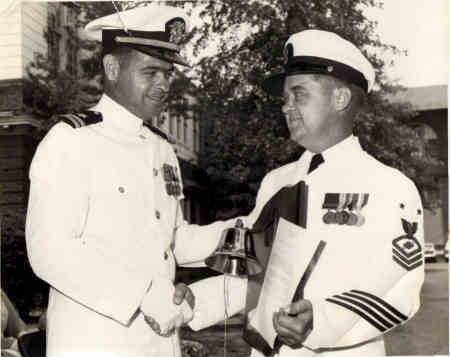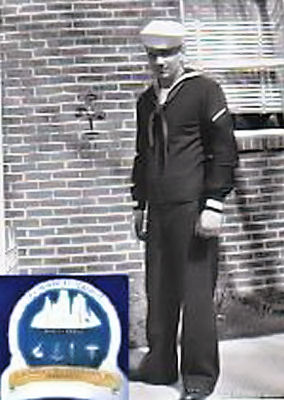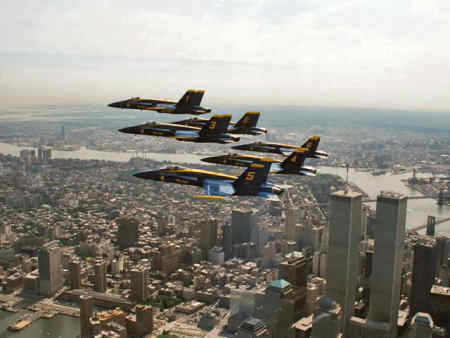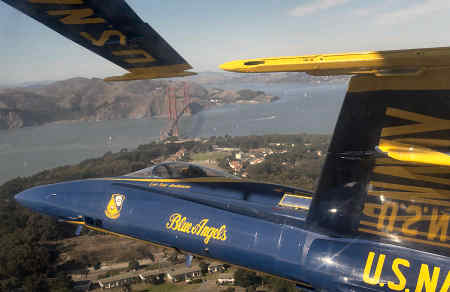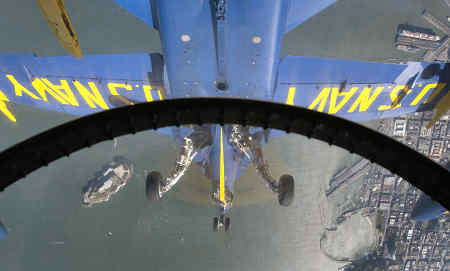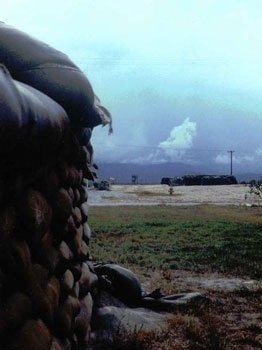ABOUT US Navel Station - Operations Fire Trucks
- Unique Naval Firefighting Role: US Naval Station fire trucks are specialized to respond to emergencies on both ships and land facilities, making them unique compared to civilian fire departments.
- Aircraft Rescue and Firefighting (ARFF): Many fire trucks at naval stations are ARFF vehicles, designed to respond quickly to aircraft emergencies on runways and flight decks.
- Historic Pearl Harbor Response: During the attack on Pearl Harbor in 1941, naval station firefighters bravely fought fires aboard burning ships, saving lives and preventing further destruction.
- Hazardous Materials (HAZMAT) Expertise: Naval fire trucks and their crews are trained to handle HAZMAT incidents, including chemical, biological, and radiological threats.
- Advanced Firefighting Technology: US Naval fire engines often feature cutting-edge technology, such as high-pressure foam systems to combat fuel and electrical fires common on ships.
- Joint Exercises: Naval station fire units frequently conduct joint training with local civilian fire departments and other military branches to ensure coordinated response capabilities.
- 24/7 Readiness: Firefighting crews at US Naval Stations operate around the clock, maintaining constant readiness due to the high-risk nature of naval operations.
- International Missions: Naval firefighting units have been deployed internationally to assist with disaster relief, such as the Fukushima nuclear disaster in Japan.
- Historic Vehicles: Some naval stations maintain vintage fire trucks for ceremonial use, including classic rigs from World War II.
- Women in Naval Firefighting: The US Navy has increasingly integrated women into firefighting roles, with many serving as leaders and instructors within naval station fire departments.

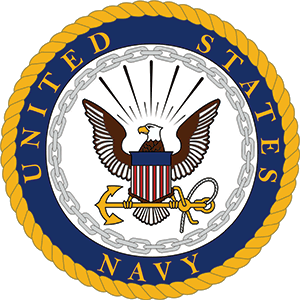

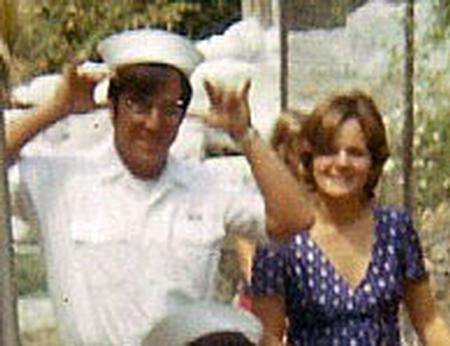

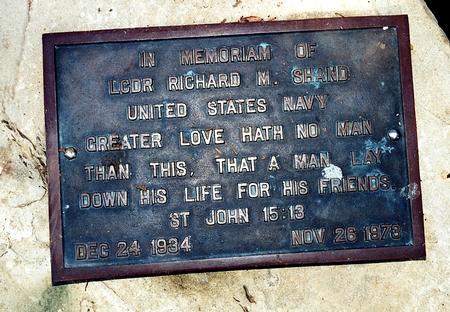


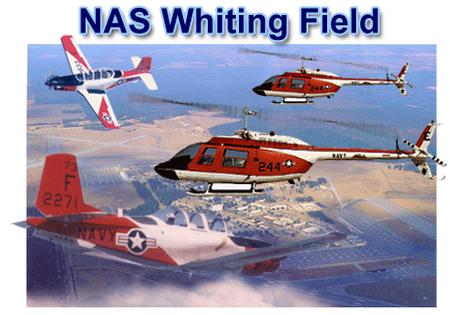
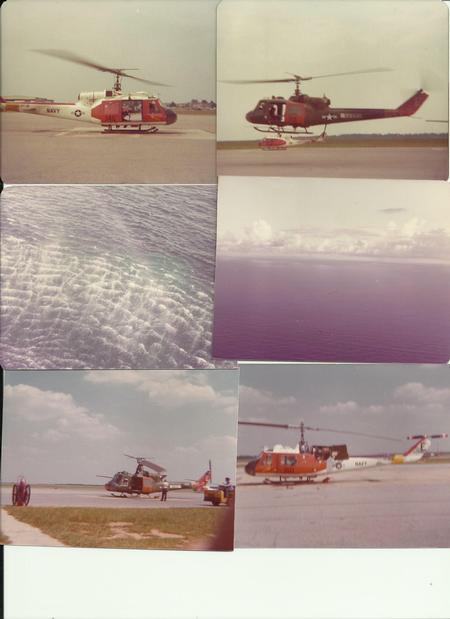
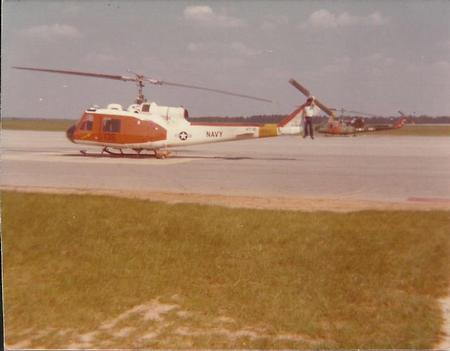


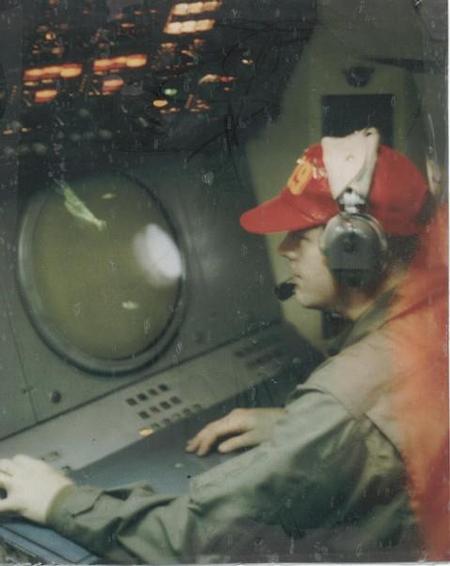
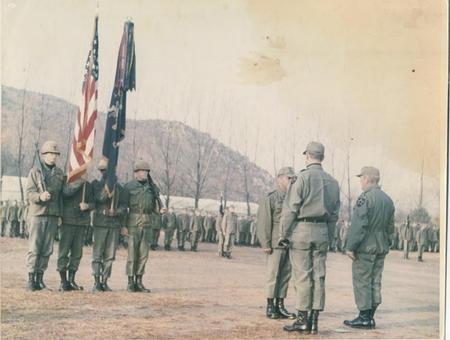
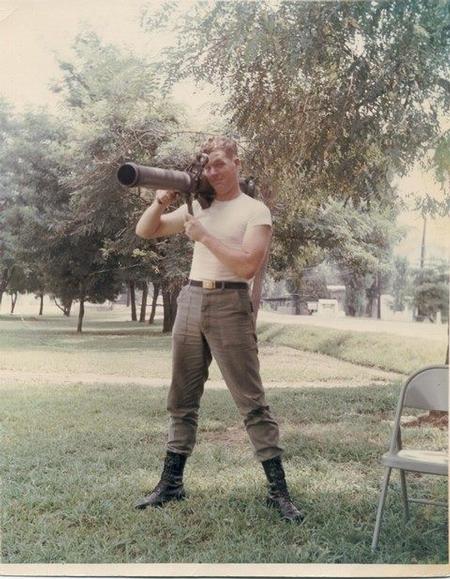
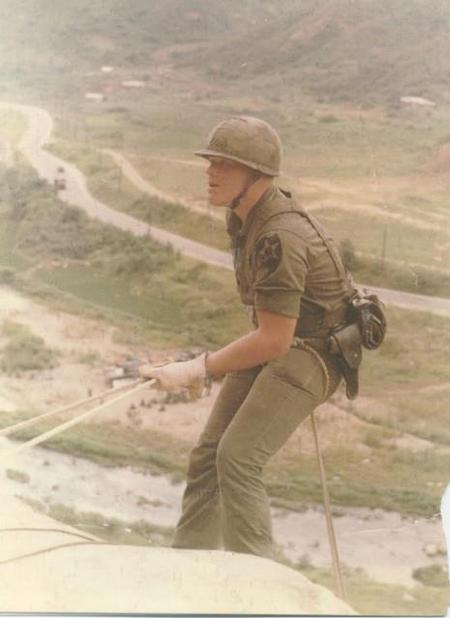
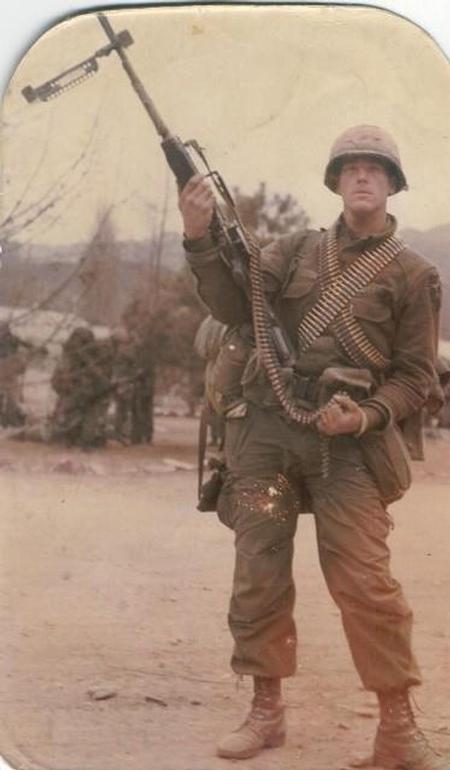

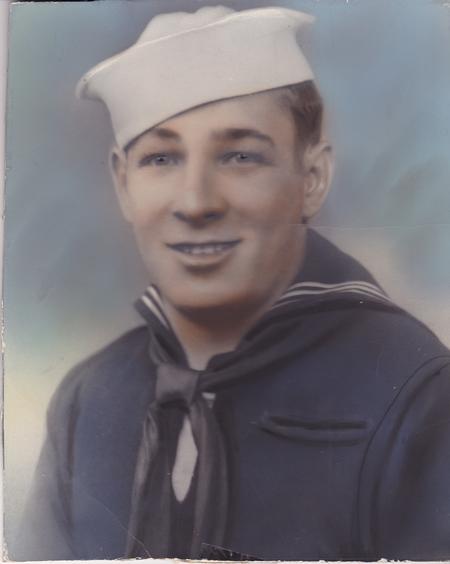


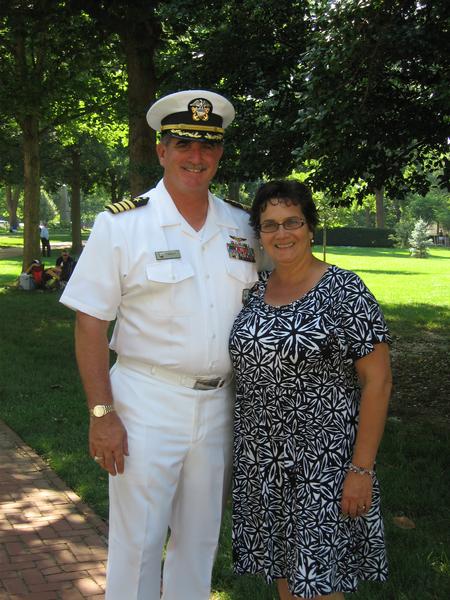
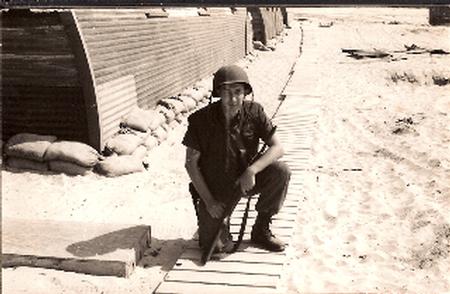

-USS-M-Ammerman-II--68505.jpg)
